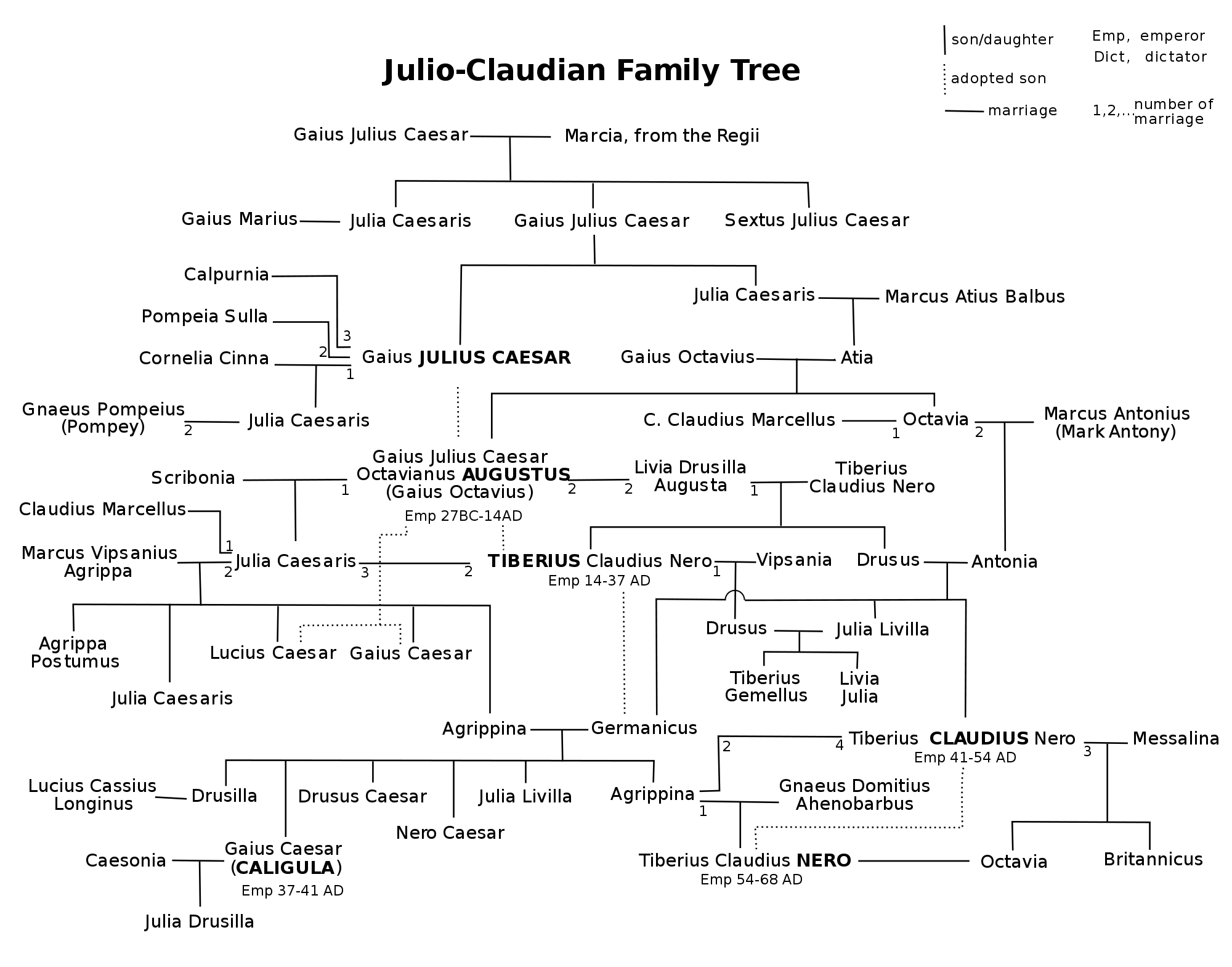Further Information
Coin Anatomy[1]
Type: The central device or motif (“dominant design”) on either face of a coin.
Legend: The written content of a coin, usually encircling the type or flanking it (sometimes continues into exergue (see below)). Significance: describes issuing authority, describes type, specifies commemoration, gives titles.
Field: Undecorated background on face of the coin. Often divided into left and right when describing coin type.
Exergue: Refers to portion of type beneath the ground line. Used for mintmarks, S. C. (see below), legend, etc.
Attributes: Objects included in the image that allow us to determine the specific figures. They are often attached to or held by the portrayed figure.
Obverse: The “heads” side of the coin, often portraying an important figure.
Reverse: The “tails” side of the coin.
S. C.: The mark 'S C' was included on all bronze coins in both the Republic and during the Imperial Period in Rome. It stands for 'Senatus Consultus' or "by decree of the Senate", and it indicates that the coin, along with its images and messages, had been approved by the Senate. It also guaranteed the worth of the coin in Rome.
Basic Coin Denominations
As (pl. Asses): Bronze coin worth 4 sestertii.
Sestertius (pl. Sestertii): Silver coin worth 1 denarius.
Denarius (pl. Denarii): Silver coin, occasionally minted in gold, worth 25 aurei.
Aureus (pl. Aurei): Gold coin.

